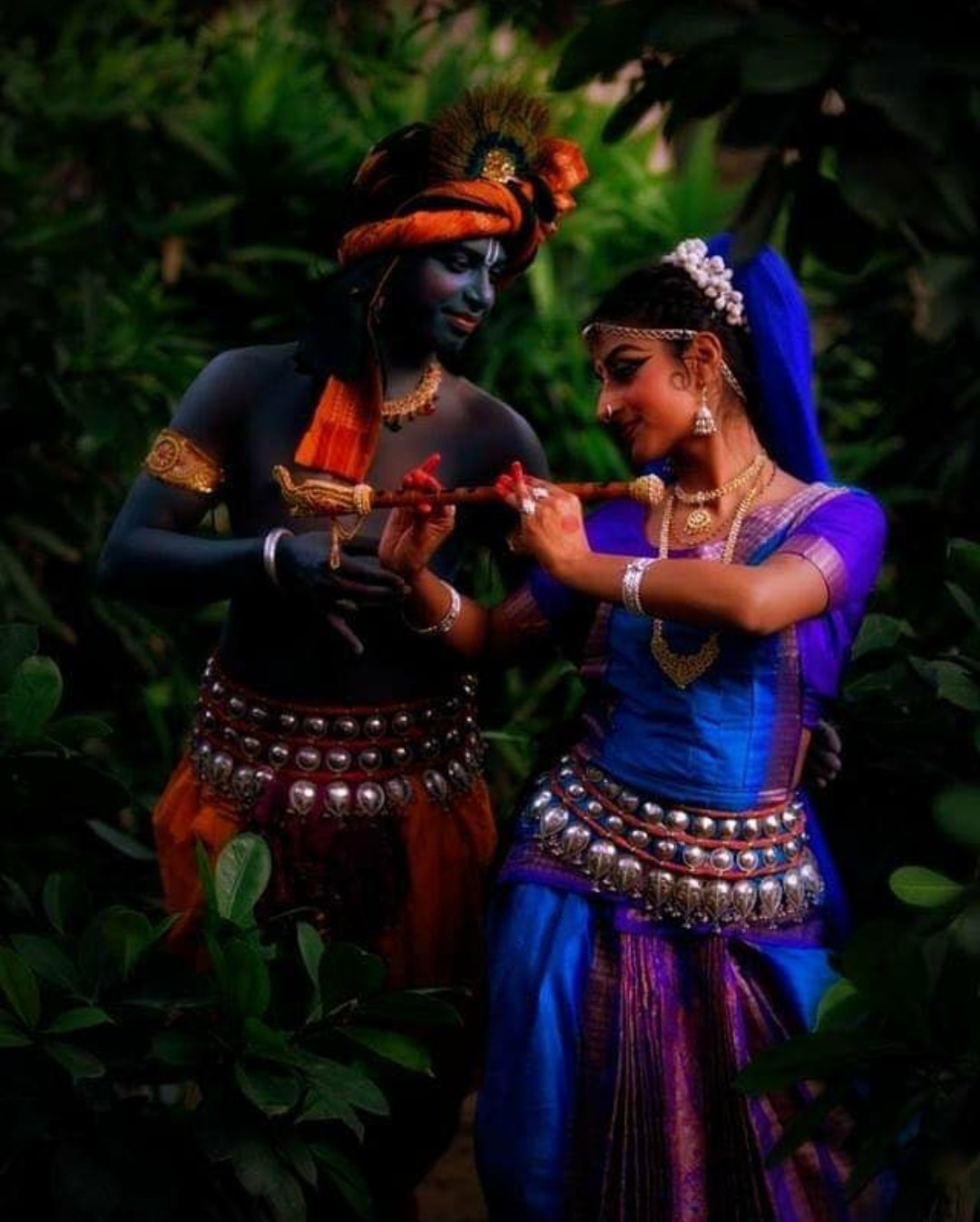What is Odissi?
The Charm of Odissi
Odissi is one of the most ancient, graceful, captivating classical Indian dance styles with its beautiful sculpturesque poses, charming gestures and sensuous bends of the body resembling the ancient carvings from the caves of Udyagiri and Konark Sun Temple. This dance form has evolved over centuries, yet it remains carefully preserved. The specialty of Odissi that distinguishes it from other forms of classical Indian dances is that its mood is in service to Lord Jagannath. Its basic postures are made in the image of Lord Jagannath (Chowka position) and Lord Krsna (Tribhanga position). The charm and aesthetics of Odissi dance are delicately interwoven with a unique lifestyle that unveils a profound and spiritually fulfilling experience for the artist. It is a spontaneous medium to absorb oneself in meditation on the ever enchanting pastimes of the Supreme Personality of Godhead. Because His pastimes are perfect, any emotion experienced while performing His pastimes is so blissful and heart touching for both the audience and the performer. This special exchange of bhava (emotions) renders Odissi a very graceful way of sharing spiritual bliss with audiences of all types.


The Element of Lasya
Odissi kindles a special feminine flowing grace (lasya) within its dance items. This element of lasya in Odissi distinguishes it from other dance styles. Lasya was brought down from the heavens by Usha, the wife of Aniruddha (grandson of Krsna). Goddess Parvati taught Usha this heavenly charming dance full of delicate movements as her father, Banasura was a great devotee of Lord Shiva. It is believed that Usha then taught this dance form to the queens of Krsna in Dwarka. On the other hand, Odissi inherits its intense and strong nature (tandava) from Lord Shiva’s lila of killing Tripurasura. Though the fierce element of tandava is prominent in Bharat Natyam, Odissi is a perfect blend of these two moods of lasya and tandava
Temple Tradition of Jagannath Puri
The Jagannath temple in Puri was established by King Indradyumna of the Malava dynasty. Over time, the tradition of offering Odissi dance for Lord Jagannatha’s pleasure became a part of the temple service. The Odissi dance of the Jagannatha Puri temple was given music and lyrics by Srila Jayadeva Goswami in his poems to which danced his wife Padmavati, one of the first deva dasis or temple dancers. Jayadeva Goswami took the classification of eight types of heroines and heroes from Odissi’s ancient textbook Natya Shastra of Bharata Muni and proved that Radharani and Krsna are the crest jewels of all eight and portray each most perfectly in their lilas. He named this meditation Geet Govinda. Since then, almost all the abhinaya items of Odissi have been choreographed on Jayadev Goswami’s meditations (Geet Govinda, Dashavatar Stotra, etc).
